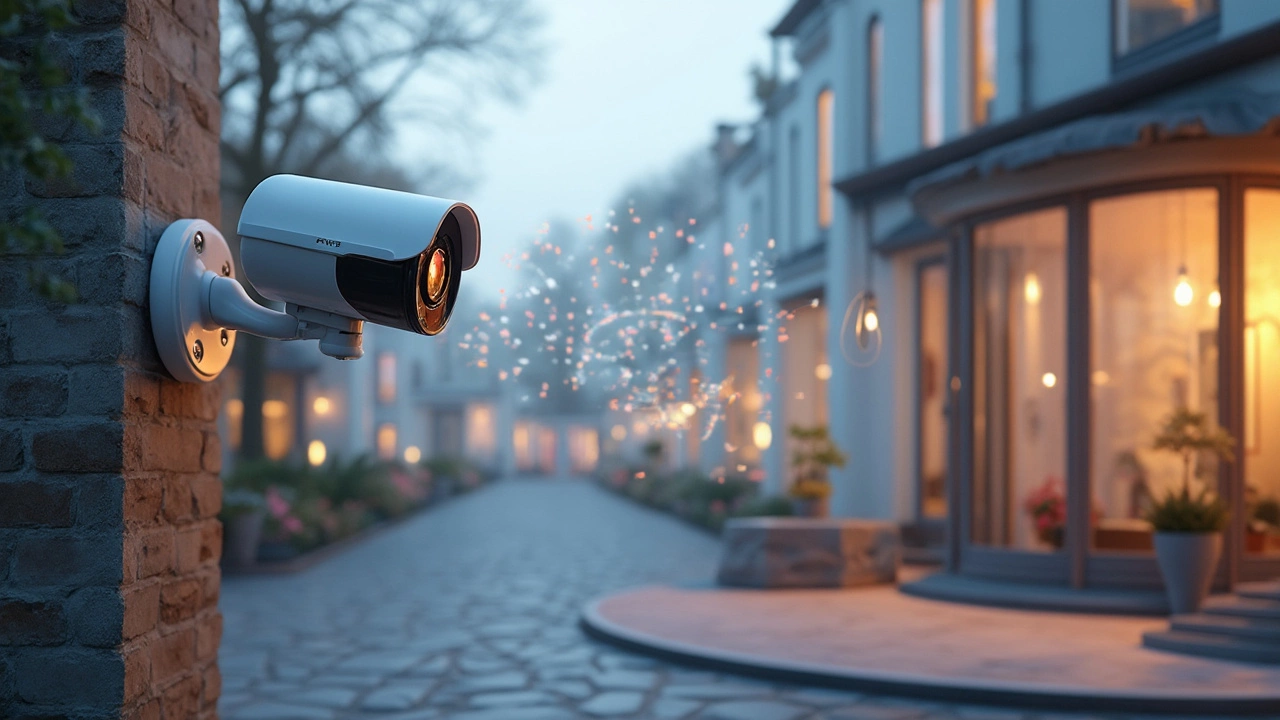Going wireless means you can watch and control your security gear from anywhere, but it also adds a few new decisions. Below you’ll find quick, hands‑on advice that lets you set up reliable protection without spending a fortune or getting confused by tech jargon.
First, think about what you need to see. Outdoor cameras should handle rain, temperature swings, and low light. Look for a model with infrared LEDs or a built‑in night‑vision sensor – that way you’ll get clear video after dark. If you only need to watch the front door, a compact indoor unit with a wide‑angle lens is enough.
Next, check the power source. Battery‑run cameras give you flexibility, but you’ll have to replace or recharge them every few months. Plug‑in units stay on forever but need a nearby outlet. Some models combine both, letting you use a battery while the camera charges.
Storage matters too. Most cameras let you save clips to a cloud service for a fee, but many also support a microSD card. If you’re comfortable with a modest monthly cost, cloud storage offers easy access from any phone. If you prefer a one‑time purchase, a 64 GB card can hold weeks of footage at 1080p.
Even the best camera won’t help if hackers can break into your Wi‑Fi. Start by changing the default router password – use a long phrase with numbers and symbols rather than “admin”. Enable WPA3 encryption if your router supports it; it’s far harder to crack than older WPA2 or WEP standards.
Separate your security devices onto their own network or guest SSID. That way, a compromised camera can’t give a stranger a direct path to your laptop or smart TV. Most modern routers let you create a guest network with its own password in just a few clicks.
Keep firmware current. Both routers and cameras receive updates that patch security holes. Many devices can auto‑update, but it’s worth checking the manufacturer’s app or website every few months to make sure you’re on the latest version.
If you notice any strange activity – like unexpected reboots, unknown devices on your network, or laggy video – run a quick scan with a network‑monitoring app. It will highlight any device that’s using more bandwidth than normal, which can be a sign of a breach.
Finally, don’t forget physical security. Place cameras out of reach of vandals, and lock the router in a cupboard if it sits in a public area. A stolen router is a golden ticket for a thief, so keeping it safe is part of the overall plan.
Putting it all together, start with one or two cameras where you need them most, secure your Wi‑Fi with strong passwords and modern encryption, and keep software up to date. The result is a wireless security system that works for you, not the other way around.

Looking for the best wireless alarm company? This article compares top brands, digs into features you actually need, and breaks down what really matters for protecting your home. Get honest tips, learn from real-world experiences, and spot the sneaky fees or fine print that can trip you up. We’ll show you what sets the leaders apart, plus a few surprising facts about wireless security. Whether you’re a tech nut or just want peace of mind, you’ll walk away smarter—no jargon or sales talk.

WiFi CCTV cameras are a great help for security but many worry if they might cause a slower internet connection. This article delves into how these cameras work over WiFi, explores how much bandwidth they usually use, and gives handy tips for ensuring your internet speed stays up to scratch. By understanding the factors affecting your network, you can optimize both your CCTV and browsing experience.